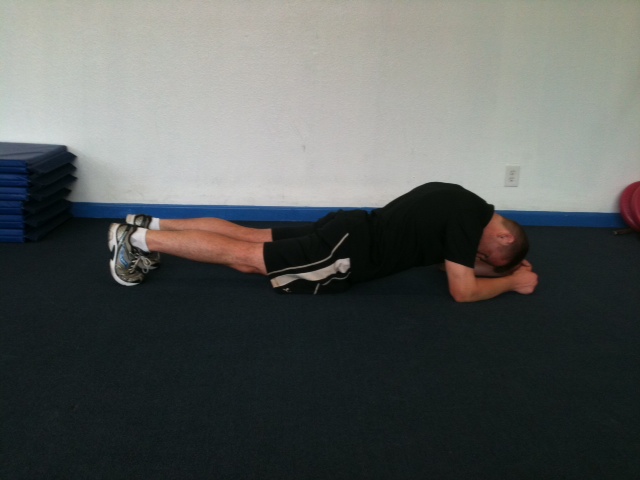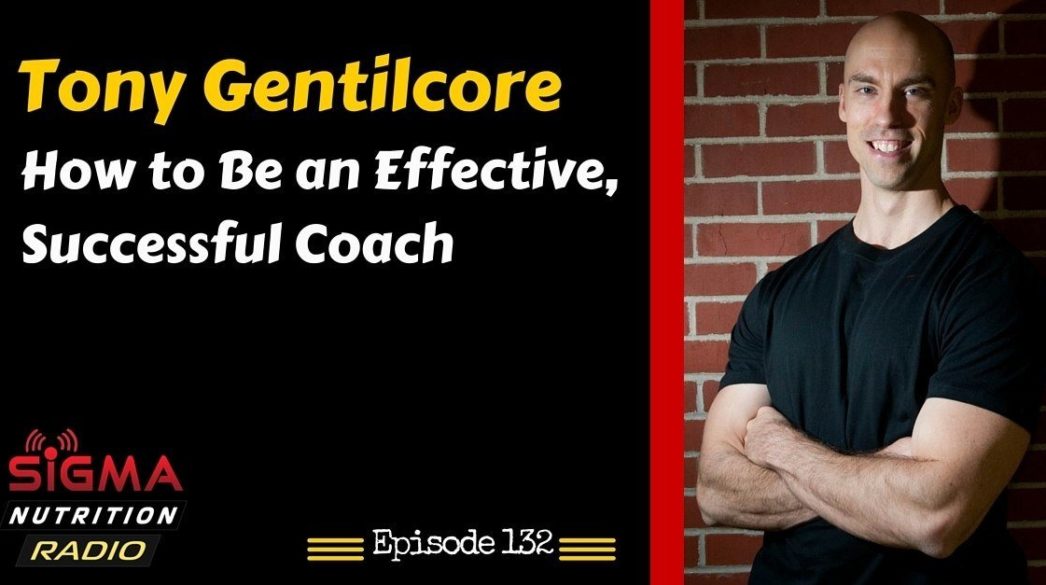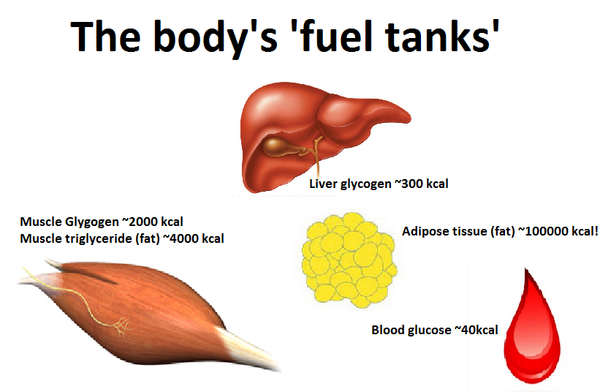Some of you may recall a blog I wrote a few months ago titled I’m Not a Businessman, I’m a Business, Man.
Copyright: fotogestoeber / 123RF Stock Photo
I spilled my heart into that post and revealed a few personal things. Namely, that after leaving Cressey Sports Performance to pursue other opportunities, I had zero interest in ever running or owning my own gym.
[More to the point: I wanted to iterate to fitness pros that the “end-game” in this industry is not gym ownership, that success should not be dictated by whether or not you own a gym, and that, contrary to popular belief, you can do quite well in this industry – with a lot of hardwork, consistency, and expectation management – without that monkey on your back.]
After watching Pete and Eric in action for over eight years I came to the conclusion that “business” wasn’t my strong suit.1 My strengths weren’t in dealing with spreadsheets, client retention strategies, marketing, ROI, scheduling, and endless phone conversations with parents, athletes, prospective clients, scouts, and Comcast.
Moreover, I wanted no part in worrying about overhead (rent, payroll, equipment replacement, etc) or any other “unexpected” snafus such as CAM expenses, trash removal, and which insurance policies were the best fit for the the business.
You know, Health Insurance, Liability Insurance, In-Case-The Avengers-Show-Up-and-Wreck-Shit-Up-Collateral-Damage Insurance.
When we opened CSP I recognized that my strengths resided in being on the floor, coaching, demonstrating to young athletes that the garbage they listen to today is not hip-hop, and serving as brand ambassador. I’d let Pete and Eric take the reigns on “building” the business.2
Of course, in hindsight, despite my aversion to being a “businessman” in the ten years I’ve been in Boston (eight of which were at CSP) I did end up building a “business,” in that my brand – Tony Gentilcore – became a thing.
Thanks in large part to both Eric and Pete I was able to leverage the CSP brand to facilitate the growth of my own.
Over the years I have seen my website grow in popularity, I’ve become a published author in many of the most reputable fitness publications out there, I’ve been invited to speak in places such as Seattle, LA, DC, Chicago, Sydney, London, and Prague for crying out loud, and ticker tape parades have been held in my honor. <—- Only a slight exaggeration.
Not too shabby for a kid from Groton, NY.
When I left CSP, however, I decided the best fit for me was to sub-lease space. Gym ownership wasn’t for me. I connected with a woman who already had a training studio she was leasing (a mile from my apartment no less) and she was kind enough to allow me to vomit strength and conditioning all over the place and bring in my own equipment to utilize the space. At the end of each month she tallies the number of hours I use it and I pay “rent.”
It’s a beautiful set-up. This way I can still train people throughout the week, yet without the responsibility of running a gym. I show up, I make people awesome, I leave, repeat. I still have ample time to film interpretive dance videos write, take care of my distance coaching clients, and travel for speaking engagements whenever necessary.
It’s the life I’ve been living since October of 2015.
And then this happened a few weeks ago:
Introducing CORE

I now “own” a gym. It’s called CORE.3
Own is in parenthesis because it’s not like I said “f*** it, I’m done with sub-leasing and I’m going to open up a 20,000 sq. ft facility in downtown Boston complete with state-of-the-art equipment, parking, and a juice bar that serves gluten-free, dairy-free, non-GMO protein shakes with organic unicorn tears.”
That’s not even close to what happened. (Mostly because I don’t have a bazillion dollars).
Circumstances arose where the woman whom I was sub-leasing from had her dream-job come to fruition and she decided not to renew the lease. She then asked if I’d be interested in taking it over? To which I responded…
However, after putting pen to paper, hyperventilating into a paper bag running some numbers, and discussing things over with Lisa, it made sense to maybe give it a whirl.
Besides it would have been a nuisance to try to sell or find storage for all the equipment I had purchased, not to mention attempting to find another space to train people out of sounded about as much fun as a prostate exam.
Plus, did I mention the studio is a mile from my apartment?
It’s a mile from my apartment.
Basically, there was no denying the convenience factor. And thanks to my wife’s support (and the lessons learned observing Eric and Pete all those years) the concept wasn’t too too daunting.
So, long story short: as of June 1st I took over the lease and have been busy in the time since making the space more aesthetically “me.”
- Having more flooring/turf put in, purchasing some new equipment & storage items, and having a platform made.
- New paint on the walls.
- New logo (seen ^^^) and decals to go on the store front.
- Adding in a smoke machine, black lights, and disco ball.
It’s nothing fancy-pants, but I’m pretty excited and darn proud of the initial result.
If you’re located in or around Boston (or stopping by Boston to visit)…don’t hesitate to reach out. Deadlifts and Tiesto will be waiting…;o)
Excuse me while I go try not to destroy the back of my pants.
Trial Run of Untitled 6-Week Beginner Course Coming Soon.
In the very near future CORE will be offering a 6-week beginner program designed to educate and prime people to become their own best health/fitness advocate.
The Initial Deets
1. The course will be six weeks, meeting 3x per week in a group setting (~2-4 per class), where the objective is to learn and hammer the basics, enhance movement quality, instill a sense of accountability and intent with training, and set the framework to make you more autonomous.
2. There will also be a nutrition and mindset component, where every other weekend the idea is to sit in on presentations and have questions answered from a Registered Dietician as well as an Exercise/Behavior Change Psychologist (Spoiler Alert: the psychologist is Lisa).
3. It will serve as a wonderful opportunity to surround yourself with like-minded people and become a part of a community who’s sole purpose is to help increase your general level of badassery.
4. Only 8-12 spots will be made available to start. And I’m not saying this to suggest a false sense of urgency or as a way to lure people in. I’m not kidding, only 8-12 spots will be made available.
5. Attendance subject to spontaneous rap battles.
I’d love to find out if there’s any interest in this sort of program from people in the Boston area. If so, please contact me via the “Contact” tab at the top of the website and I’d be happy to provide more details.



















.jpg)




